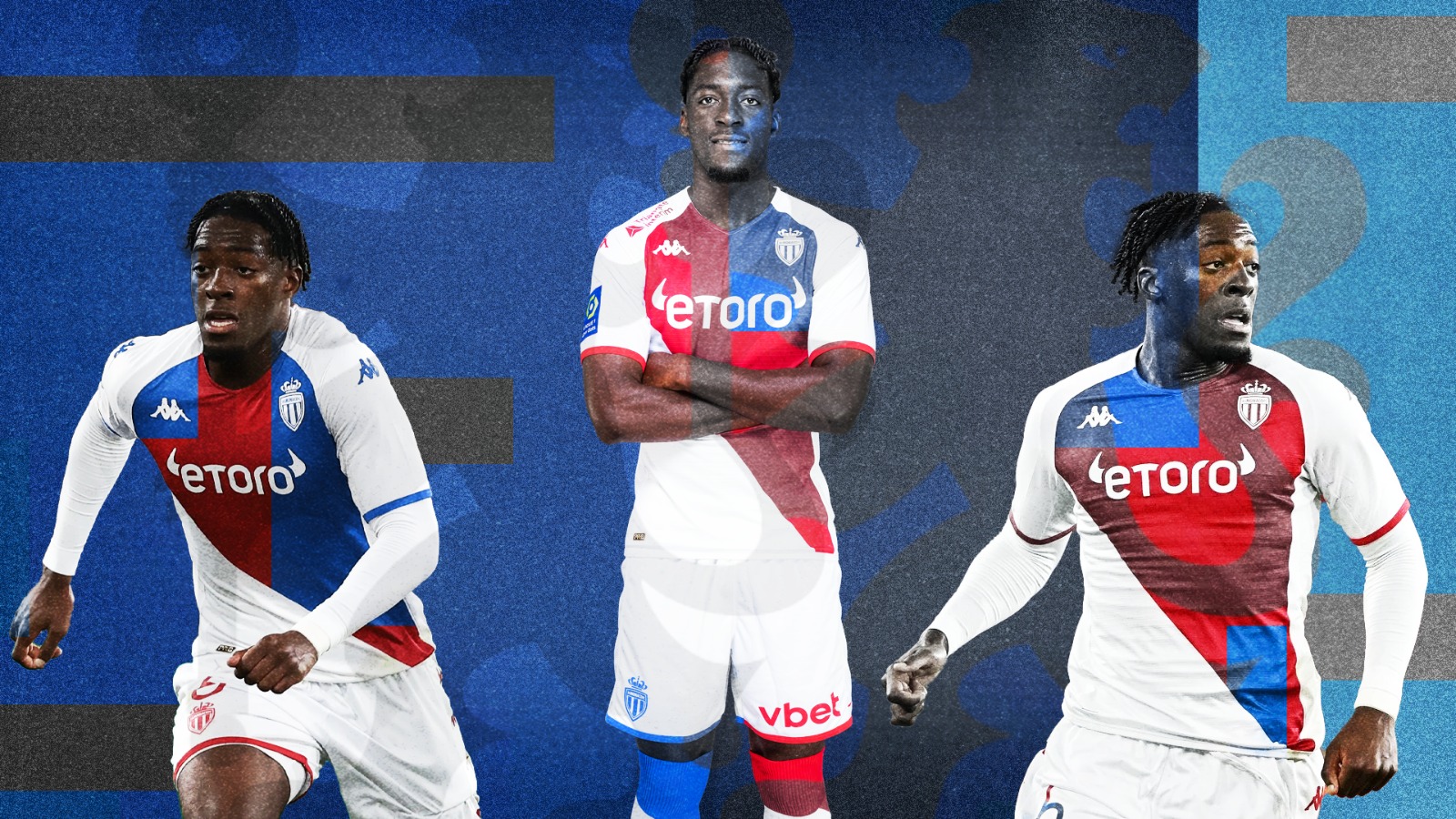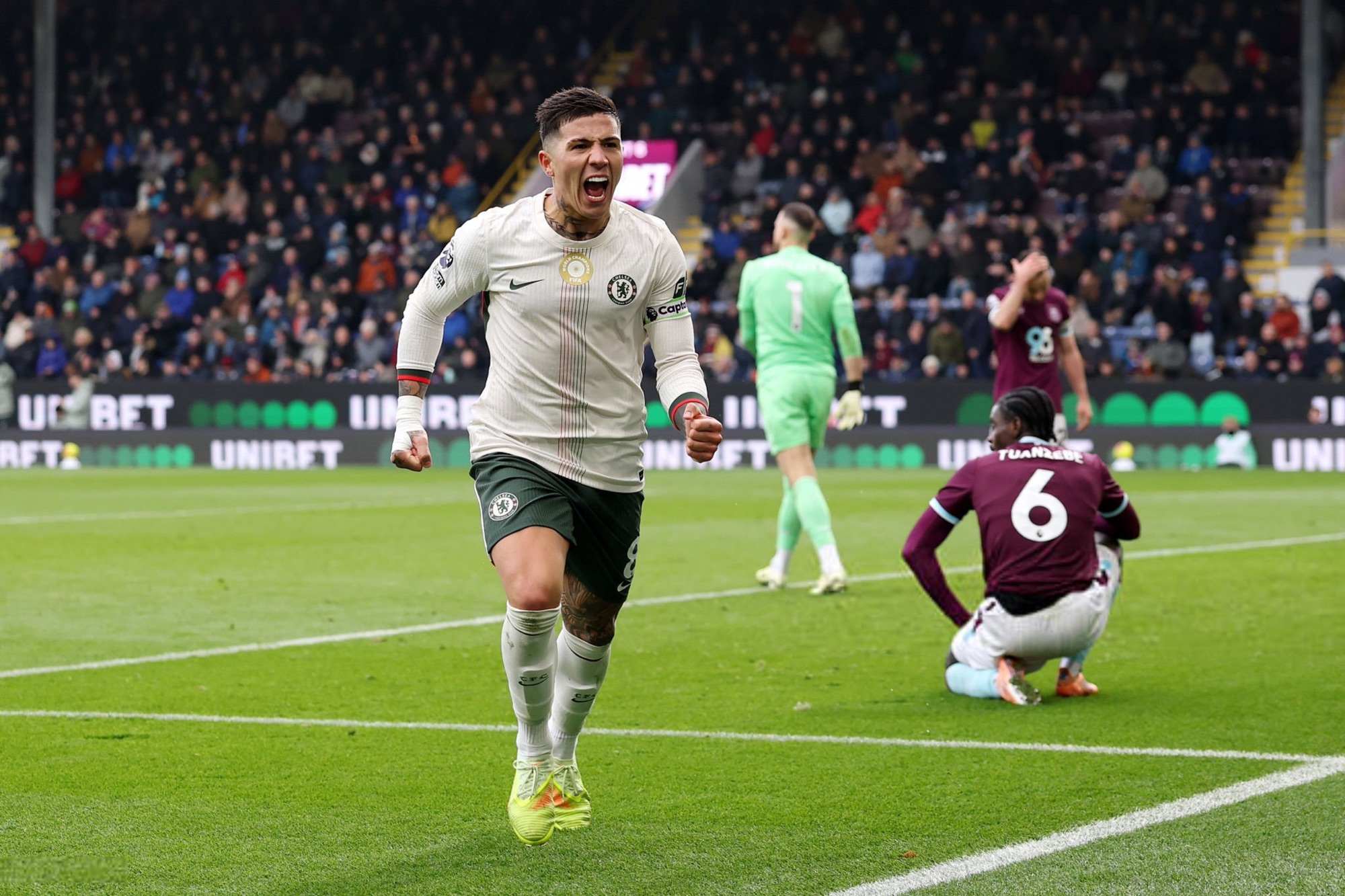With the disastrous news of Wesley Fofana being injured for a considerable period of time, Chelsea have acted fast to agree a fee of £38.5M for Axel Disasi of AS Monaco.
Disasi is a 25 year old centre back who started out his career at the junior, perhaps more inconspicuous Parisian club of Paris FC, before moving to Reims in 2016. Disasi finally made the leap to the top end of Ligue 1 in Monaco in 2020, and since has stood out as one of the better players in said side, making 99 appearances for the club since he signed. At Monaco, he became a French international.
Disasi will be making the move abroad to join Chelsea in West London, but is he an adequate replacement for Wesley Fofana? This is what this piece aims to explore.
What does Axel Disasi excel at?

The primary attraction for Mauricio Pochettino bringing in Disasi surely has to be his domineering physical frame. The French centre back stands at 6 ‘4 tall, with a muscle composition which enables him to be strong in both ground and aerial duels. His innate upper body strength means acclimatisation to the Premier League should be fairly straightforward for Disasi, similar to how it was to his former (and new) teammate in Benoit Badiashile. Disasi’s 68.5% aerial duel rate ranks him higher than some other physically dominant Premier League centre backs, such as Ruben Dias (60.6%) and William Saliba (55.7%).
Disasi is an excellent backfoot defender, utilising his large frame to make it difficult for opposition attackers to beat him in a straight 1v1. Most of the time, he is calculated in his decision making of when to tackle, albeit sometimes he can step out too aggressively to the detriment of the team – this will be discussed in further detail later.
On the ball, Disasi is a technician that can only be rivalled by few in Europe, especially in regards to his ball carrying. Disasi is more than comfortable in stepping into midfield and pushing the opposition’s line of engagement backwards, as he is a very difficult player to dispossess when he carries the ball, due to upper body strength and his ambipedal touches.
He averages 1.7 progressive carries per 90 and 1.37 carries into the final third per 90, which as per FBRef, has him in the 96th and 94th percentiles in the top five leagues in these particular aspects of his game.
Likewise, Disasi is a progressive passer with the capability to break lines, and if he receives the ball in space, there is little point pressing him due to how comfortable he is on the ball. He is primarily a top level long range passer, with a tendency to switch the ball diagonal to the wide channels, and does this on a lot of occasions across a game.
In fact, Disasi hits 5.8 passes into the final third per 90, which could be of huge benefit to a Chelsea side that for all the lack of goals last season, was also struggling to create a huge amount. Disasi can be the deepest creator for Chelsea, as far back as their centre back, and in this manner will hugely enhance Chelsea’s ability to create chances for new striker Nicolas Jackson.
What are his flaws?

Undoubtedly, Disasi’s biggest flaws are intangible: his biomechanics. Biomechanics is how a player moves, the speed and seamlessness in creating an opportunity for an action and the favourableness of their micro-adjustments. Disasi possesses unfavourable biomechanics in this regard – likely because of his large frame – which makes his turning circle and recovery pace a definitive weakness.
After all, his stop speed clocked in Ligue 1 last season was just 28.30km/h. This means when playing against quicker attackers who are capable of being two-way in their offensive movement and shift their body quickly, Disasi can be exposed.
In the same breath, the drawbacks such as his turning circle and recovery pace are particularly exploited in the wide areas. As already mentioned, Disasi is a backfoot defender and usually reads the game well.
However, in times he is either provoked or forced into being more aggressive, or perhaps misreads a situation, he can find himself in wide areas in which he does not have particular strength in defending, especially when playing in a back four under Pochettino, when it is expected his full backs will be playing aggressively high up the field, this is an area of concern with Disasi’s profile.
If he is exposed in the wide areas like he was at Monaco, especially against teams who are strong in transition, Chelsea will often find themselves numerically inferior when defending such situations, which is not what any team wants to find themselves in.
Another branch of this drawback feeds into his press resistance in tight spaces. Whilst with significant time on the ball Disasi is futile to press, but he is not fantastic at receiving the ball without facing play, and is not agile enough to play in tight spaces when he is being pressed.
This tendancy can often lead to dispossessions or Disasi trying to make a pass that is not on; whilst his long-range passing numbers are exceptional, his short-pass success rate leaves more to be desired, with a 87.9% success rate, distinctly below the average in the top five leagues.
Does he suit Mauricio Pochettino’s need for a right centre back?

Axel Disasi is certainly a right sided centre back, predominantly being deployed there in a 4-2-3-1 at Monaco. This suitability surely is one of the reasons for Pochettino’s pursuit of the French international, with him too deploying a 4-2-3-1. Pochettino requires his centre backs to be capable of breaking lines, with a 2-4 deep build up structure often implemented by the Argentine, involving the full backs playing high and wide, having two deep receivers and then the centre backs who have a ball playing capability.
Disasi would join a roster of Colwill, Badiashile and Silva who are all more than comfortable in possession and suited to this duty. Pochettino’s centre backs historically have not been insanely quick either, and whilst these drawbacks to Disasi’s game are worrying for his adaptation which has to be instant in the absence of Fofana, with adequate athleticism around him, he should be absolutely fine.
In Pochettino’s best iteration at Spurs, Alderweireld and Vertonghen were not immensely fast nor high level athletes, but top level ground and aerial dullers and progressive passers. They were covered for by the athleticism of players such as Walker and Dembele.
This should give confidence to Chelsea fans over the aforementioned weaknesses of Disasi, whom could be covered for by the likes of Reece James or new signing Malo Gusto, and perhaps the prospective signing of Moises Caicedo if Chelsea can strike an agreement with Brighton for the Ecuadorian.
Whilst Disasi’s ceiling may not be perhaps as high as someone like Wesley Fofana, he is a more than good replacement in the short term for his French compatriot and will provide Chelsea with fantastic depth moving forward.
His suitability to being a central centre back in a back three stylistically too, where his deficiencies are highlighted far less, makes him an attractive proposition in games where Chelsea may seek to be more pragmatic, as Pochettino showcased he has the tactical acumen to do at both Spurs and PSG more recently.
By EthanTalks (https://twitter.com/EthanTaIks)





